Road Runner, Dart, Charger and, finally, a 1970 GTX – Mopar® cars all the way through life, in other words. Stefan Breiner found the GTX in Sweden’s capital, Stockholm, in 2011. After buying it, he began slowly but surely to unveil the car’s powerful soul through tuning and refinement.

They’re no longer a couple, but Breiner doesn’t mind doing things in a duo – with both friends and loved ones. This GTX story began when he and his then-girlfriend found it for sale at a company specializing in second-hand enthusiast vehicles in the capital of Sweden. The girlfriend had previously owned a Ford Galaxie, so she wasn’t lacking in car interest. Breiner, however, was anything but Ford-interested, constantly talking about the Dodge Charger he wanted to buy. Together, they headed to Stockholm from Norrköping, but no Dodge Charger was found. At least not at a reasonable price. Instead, there was a GTX, tightly parked.
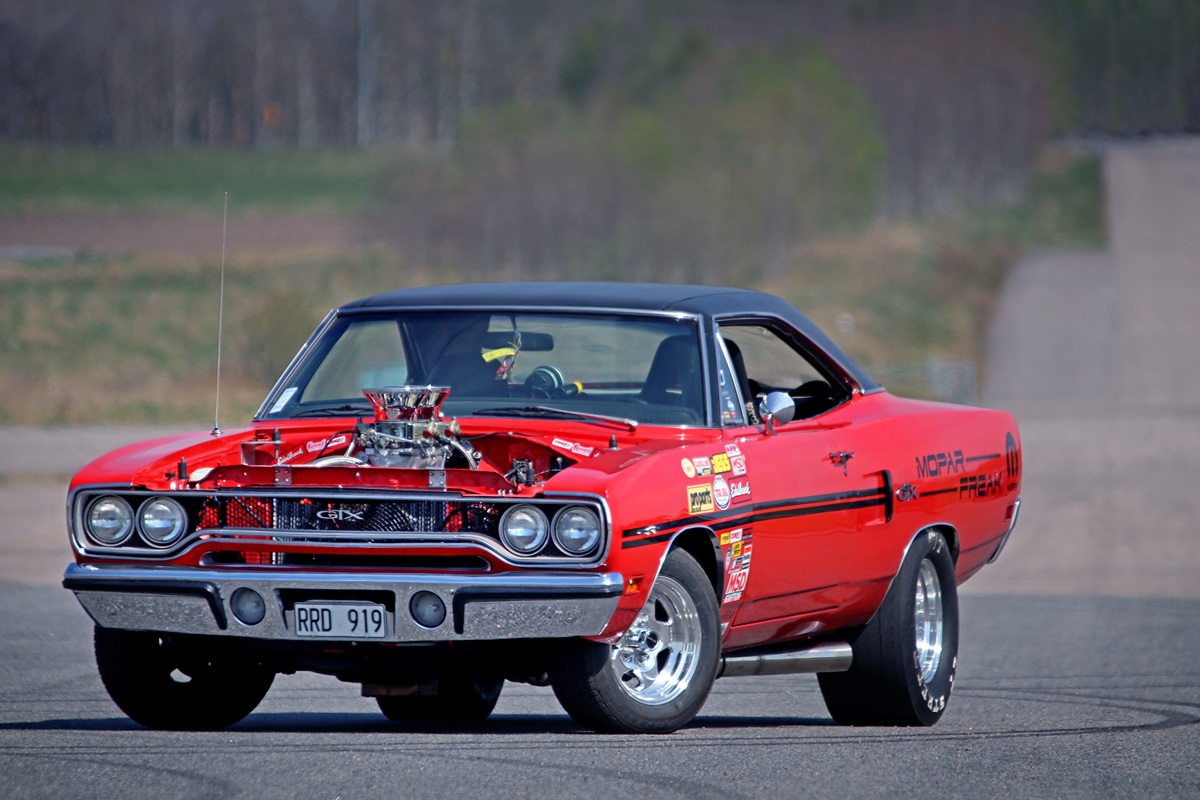
Breiner and his girlfriend took a break over lunch and then returned to Motorbörsgaraget, the dealership. By chance, the GTX had been pulled out due to another customer wanting to buy a hot rod parked even deeper in the garage. They took it for a test drive and that was it. Breiner recalls his girlfriend saying, “If you don’t buy this car now, you’ll regret it halfway back to Norrköping…”
Breiner turns 68 in 2025, meaning his passion for American cars likely sparked around the time The Flintstones premiered on TV worldwide. After that, it all rolled on.
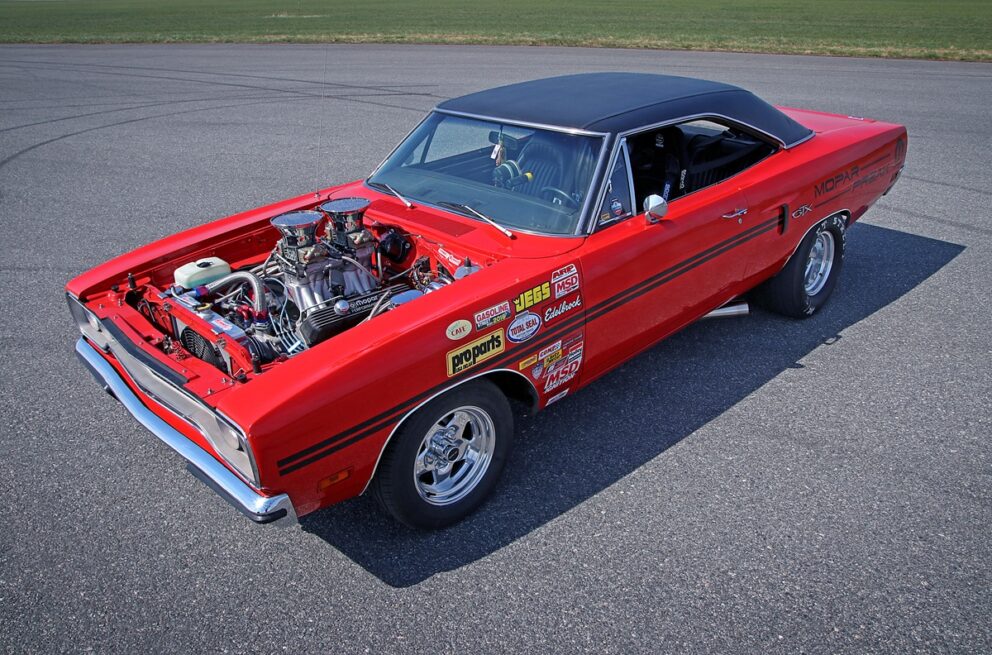
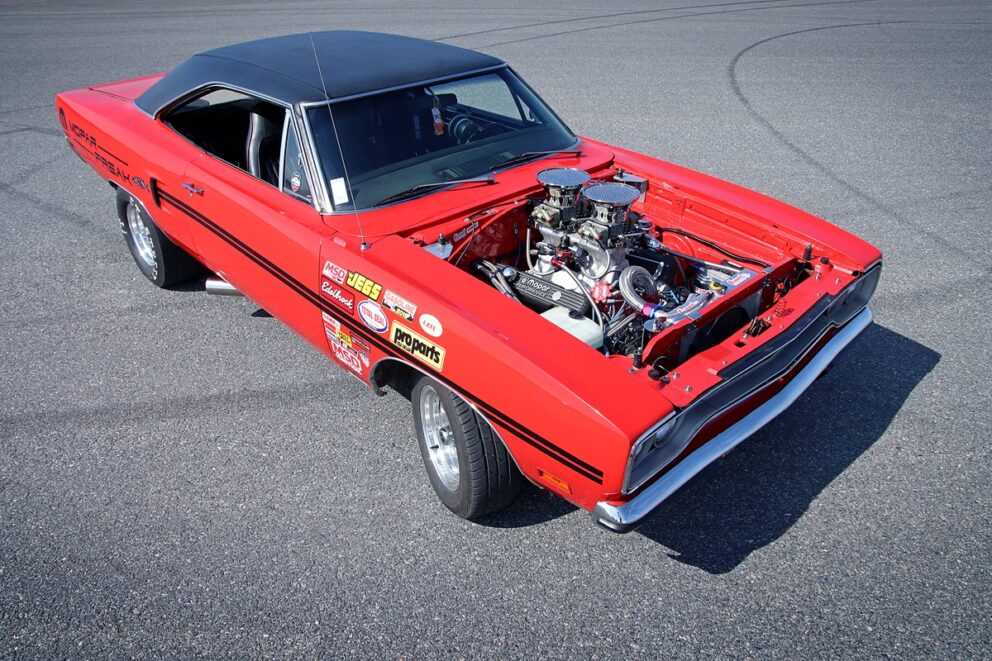
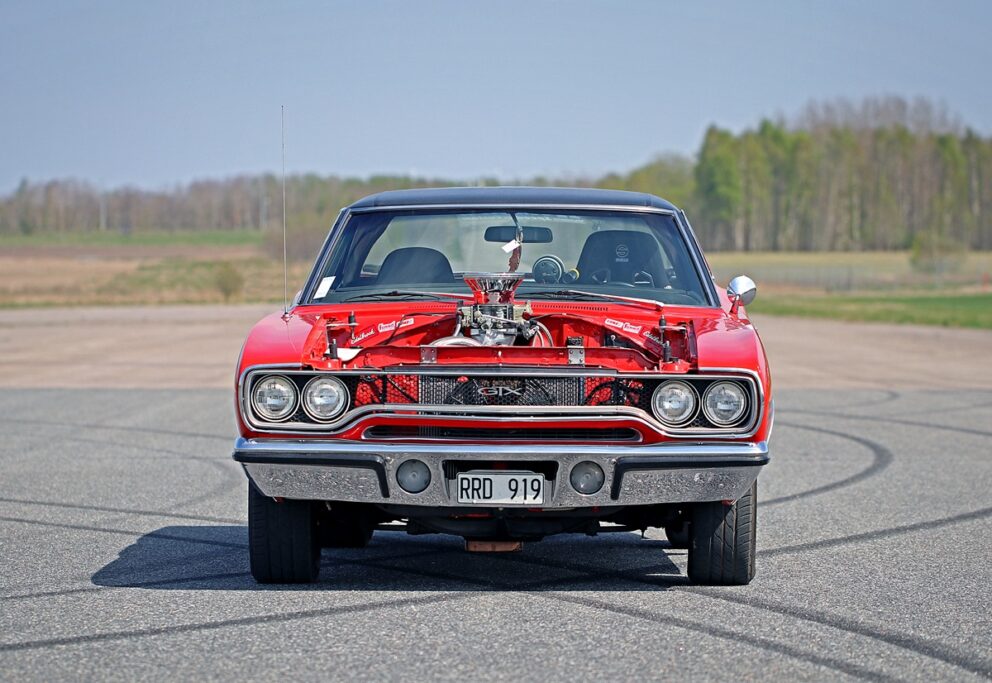
“In the 1970s, it was common for Swedes to own an American car together with a friend since it was expensive to have one alone. My friend and I started with a 1968 Plymouth Road Runner, which was later sold to get a 1970 Charger. We bought the Dodge at Jäderlunds Bil in Stockholm for about €3,500. It was an R/T with a 440 Magnum and automatic transmission, which was quite cheap compared to today’s prices,” Breiner says.
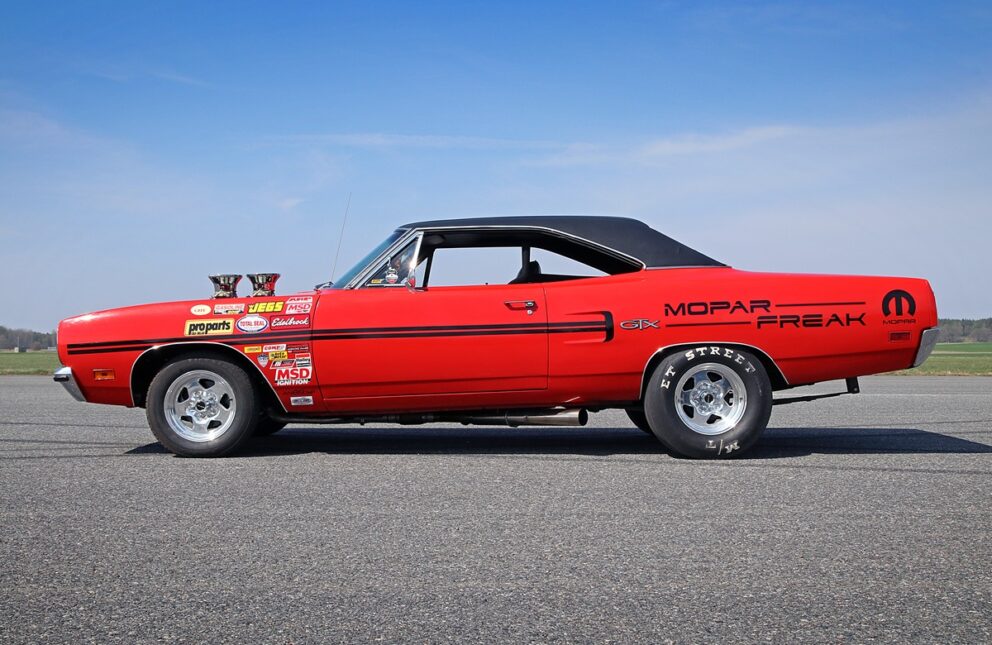
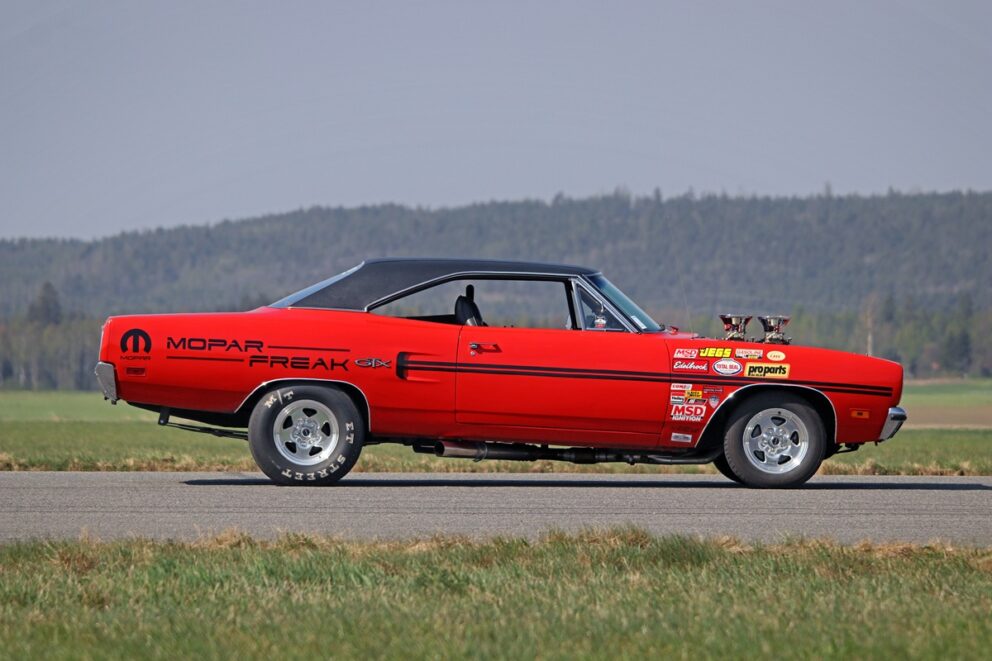
During the 1970s and 1980s, Breiner’s life included a wife, family and house. With tough interest rates and a working man’s salary, the enthusiast car was the first to go, like it was for so many others. His American car hiatus lasted until 1985, when he made a comeback with a Dodge Dart GTS, 340 cubic inches, two-door hardtop. It was later sold during a separation, putting him back to square one. Breiner stayed there until 2011 when he bought the GTX.
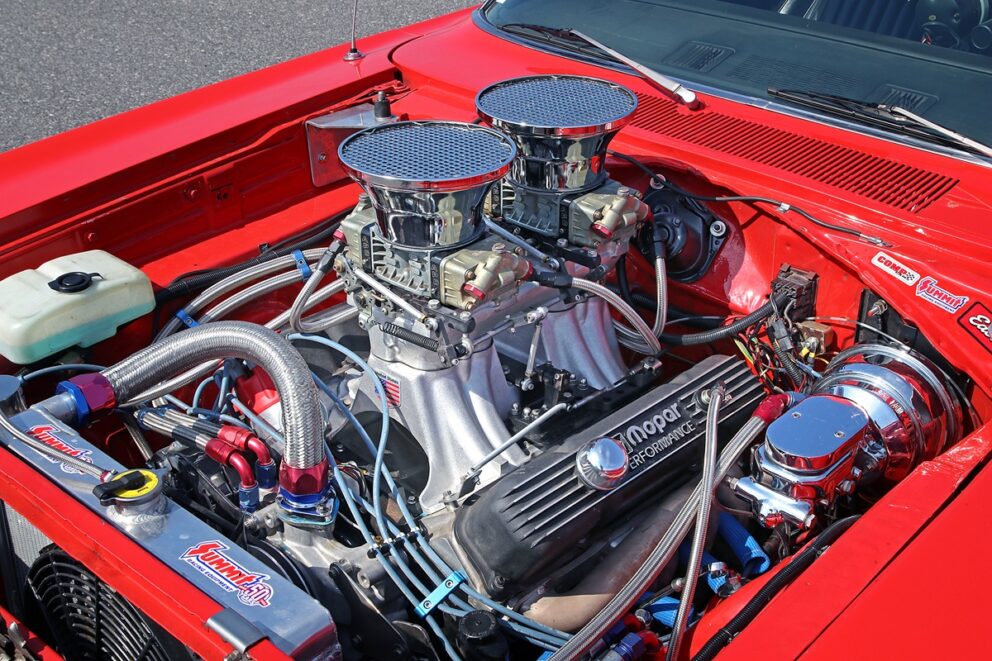
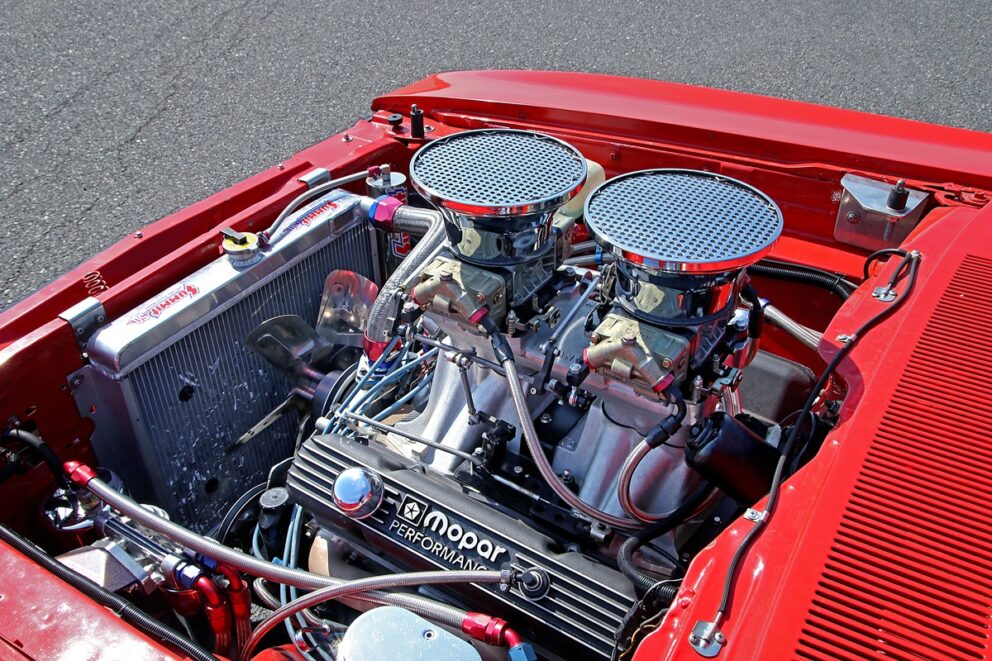
Upon purchase, the car had a stock 440-cubic-inch V8. Period. All original. That was fun for a while, Breiner thought. Then he changed his line of thinking. “Just a bit of tuning…” And so he bought a prepped 727 and… a blower!
“The 8-71 went on as soon as possible, naturally. Without much thought… It’s bolt-on, right? I didn’t consider the compression ratio… It only took a few weeks for the engine to ‘speak up’ and tell me that story – about how the engine compression was way too high for a supercharger. That realization came with the scary knock of bent connecting rods,” Breiner says with a wry smile.
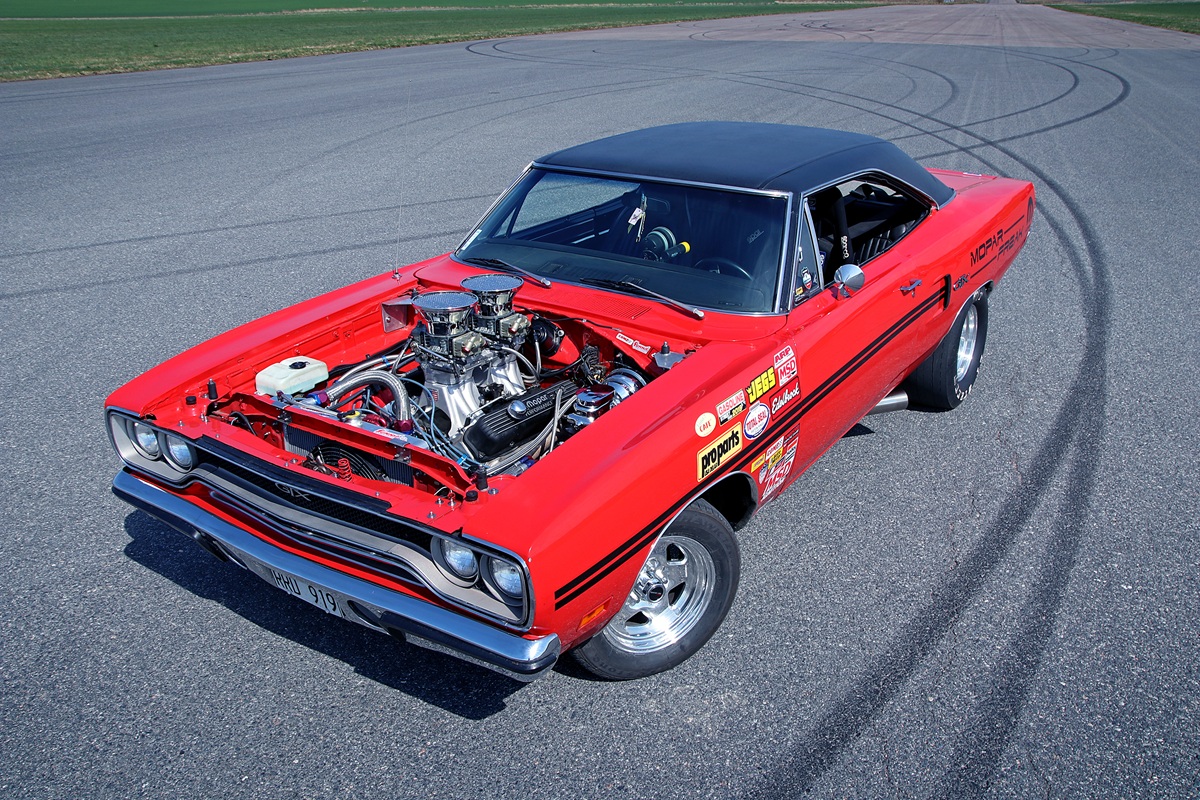
To solve the issue, Breiner contacted Nalle Wärlind, a renowned Swedish Mopar guru from Rejmyre, northwest of Norrköping. Parts were then ordered from the U.S. for a new supercharged 440, which Wärlind assembled.
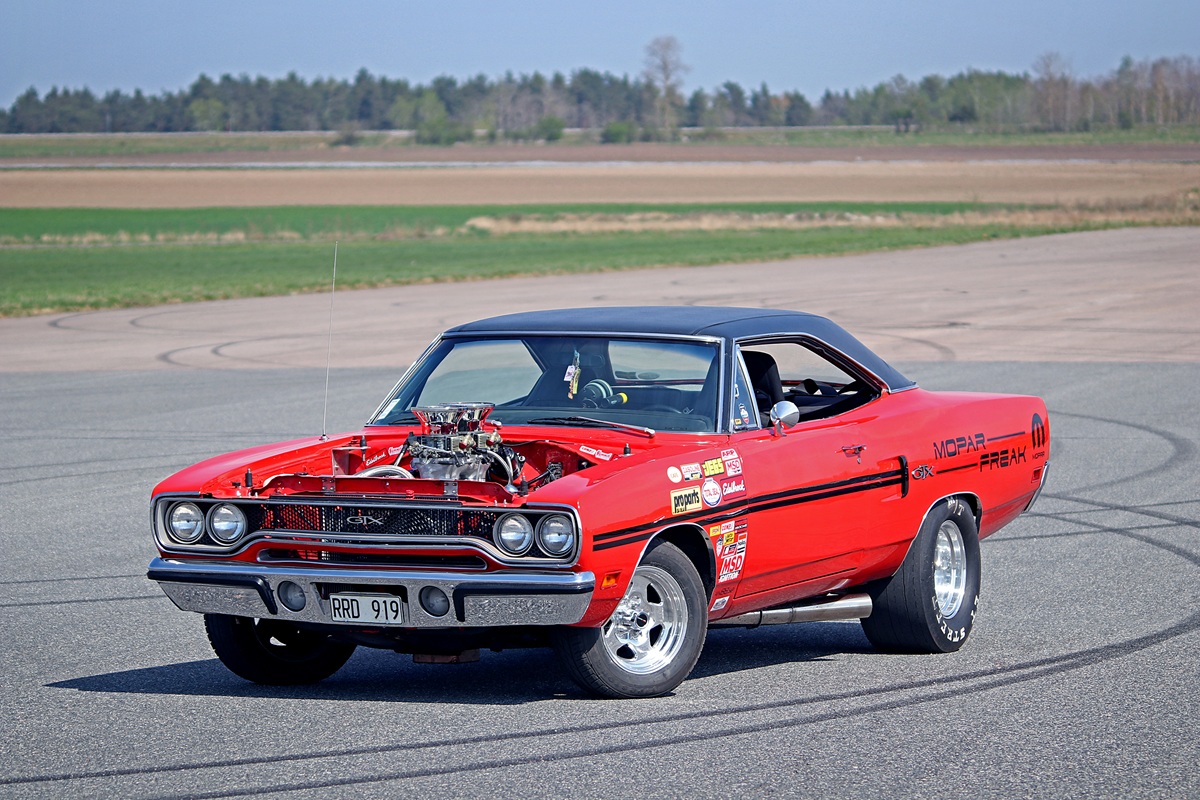
“Wärlind is incredibly skilled with Mopars. He has all the books written by Ronnie Sox and Bud Martin. He knows all the tricks, like where to drill those extra holes for better oil flow. He’s unbeatable with Mopars,” Breiner says.
The 440 was assembled in 2018, and Breiner tested it that summer in bracket racing.
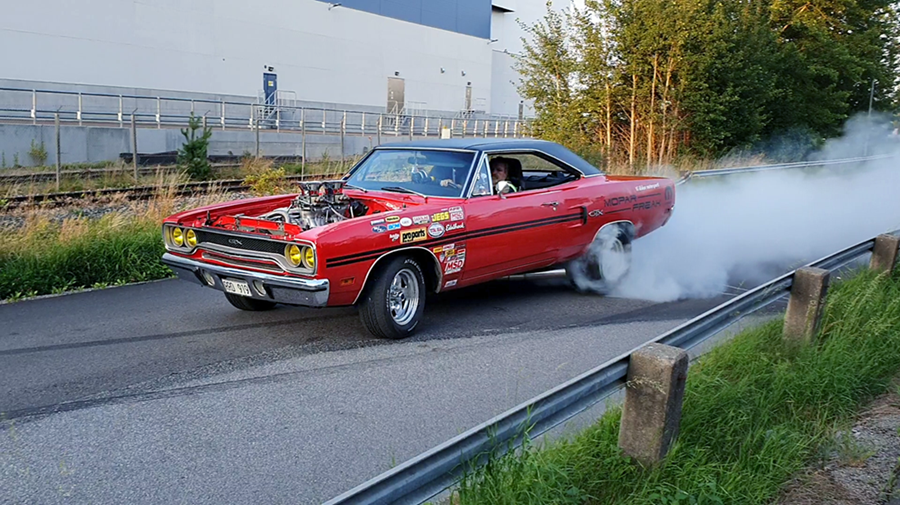
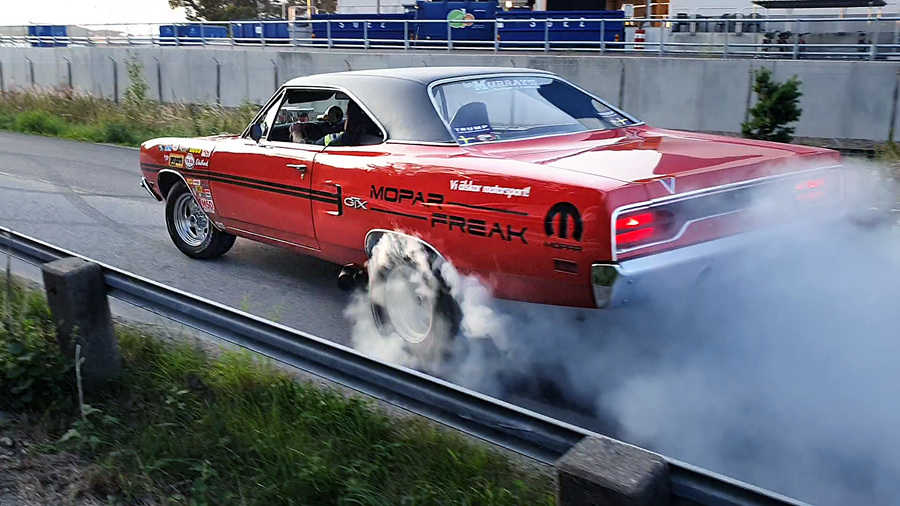
“I had issues from the start with the engine overheating. After one drag pass, I heard noise from the V8. It turned out to be a broken spark plug. The engine restarted after replacing it, but soon I realized there were more issues. Back home, with the V8 torn down, I discovered that one piston had partially melted in the number seven cylinder. Luckily, the other parts were undamaged, and the aluminum residue was removable from the cylinder wall,” Breiner says.
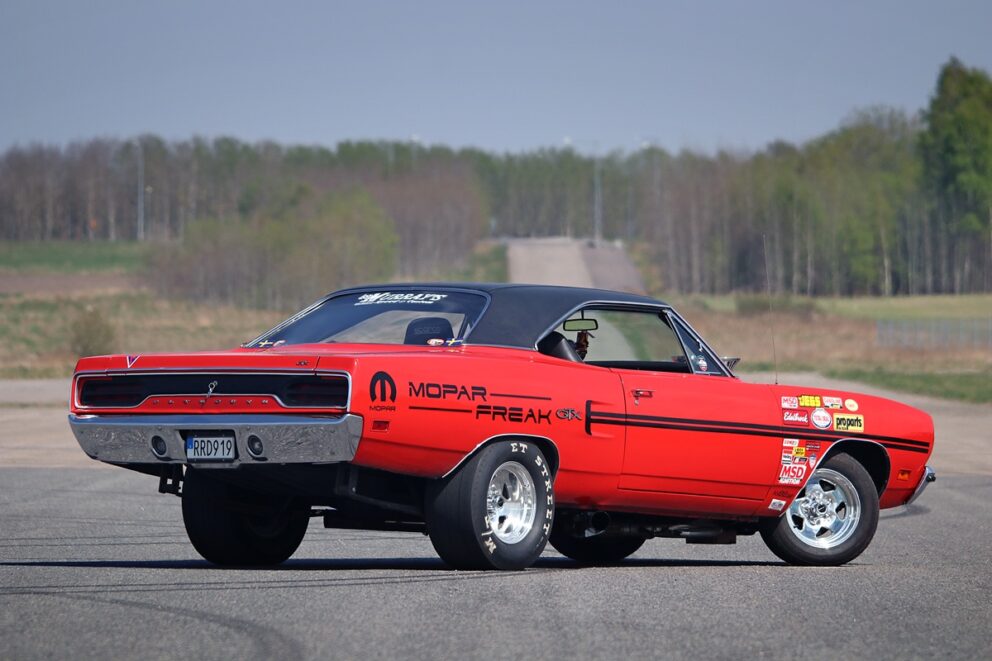
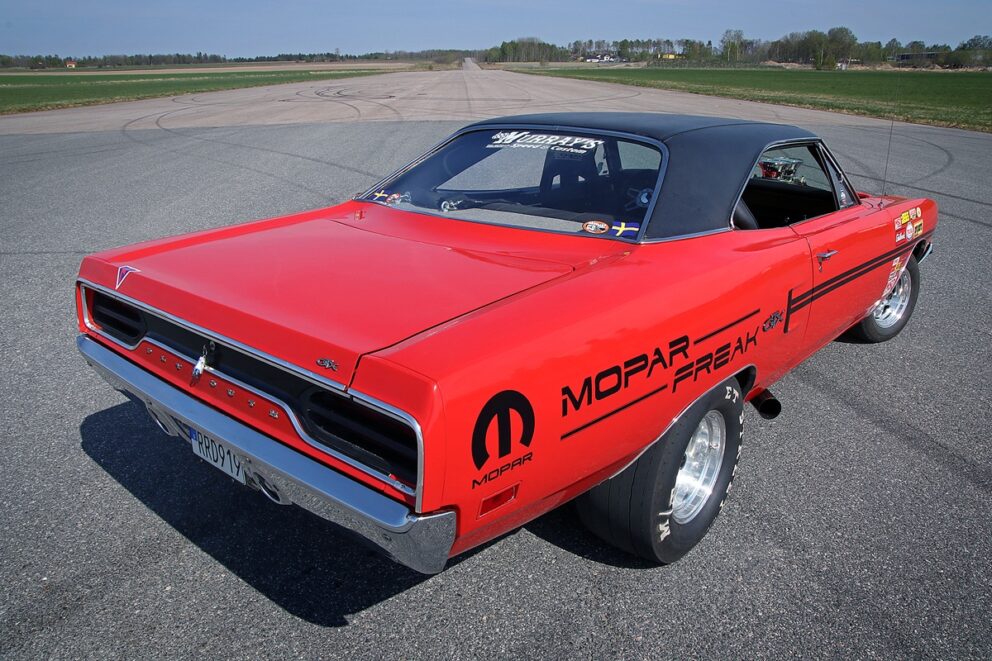
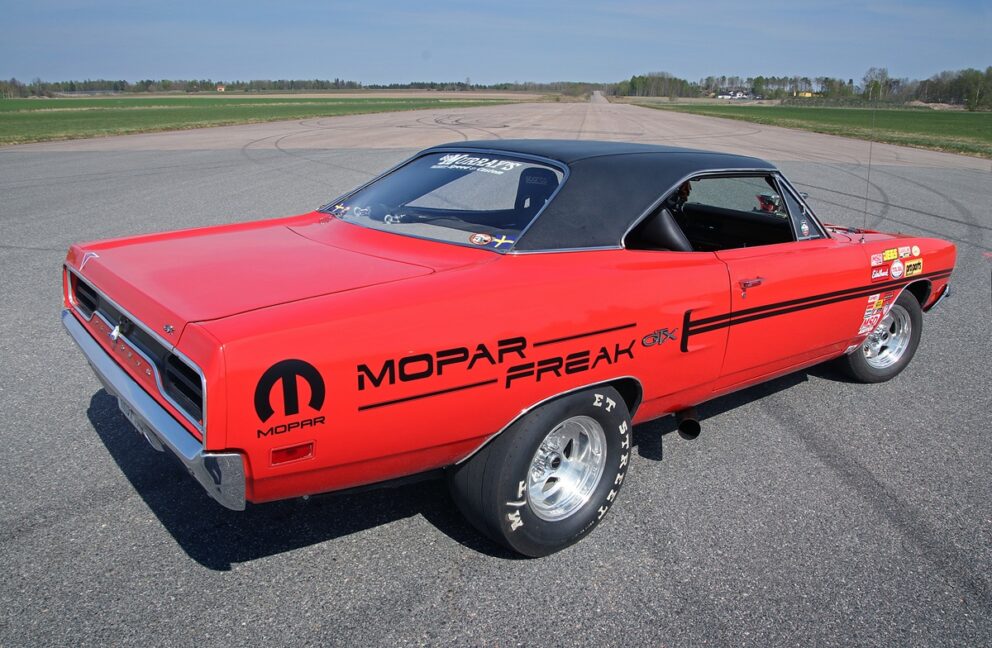
He lets out a sigh of relief, adding that after some troubleshooting, he found that the compression wasn’t just below ten, as he and others had thought, but rather over 11:1. However, Breiner insists that no blame falls on Wärlind, as something likely went wrong during the parts ordering process.
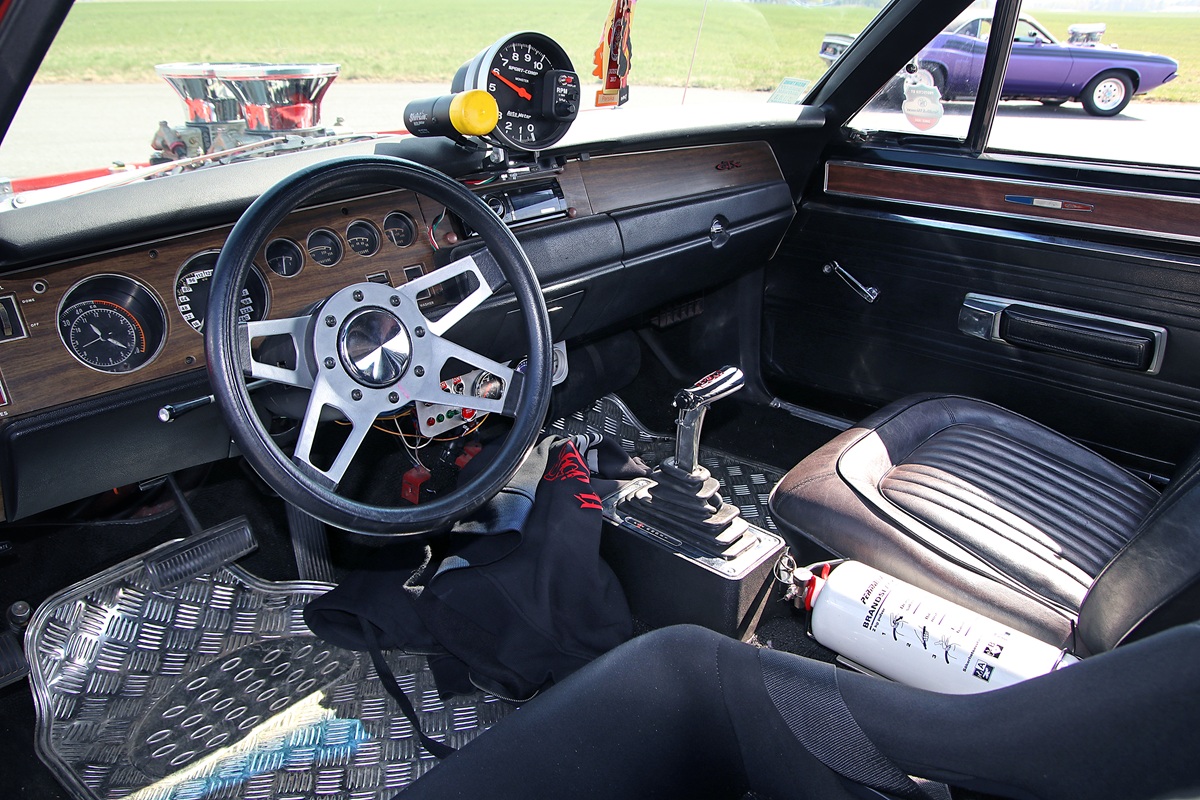
Since driving any distance required a cooling break soon after, Breiner had to remove the BDS 8-71 blower. Yet, the problems didn’t stop with overheating; the V8 struggled to keep oil, leaking from the crankcase ventilation and valve covers. So, the 440 got new aluminum heads, a tunnel ram intake, a different (non-supercharger) camshaft and various upgrades.
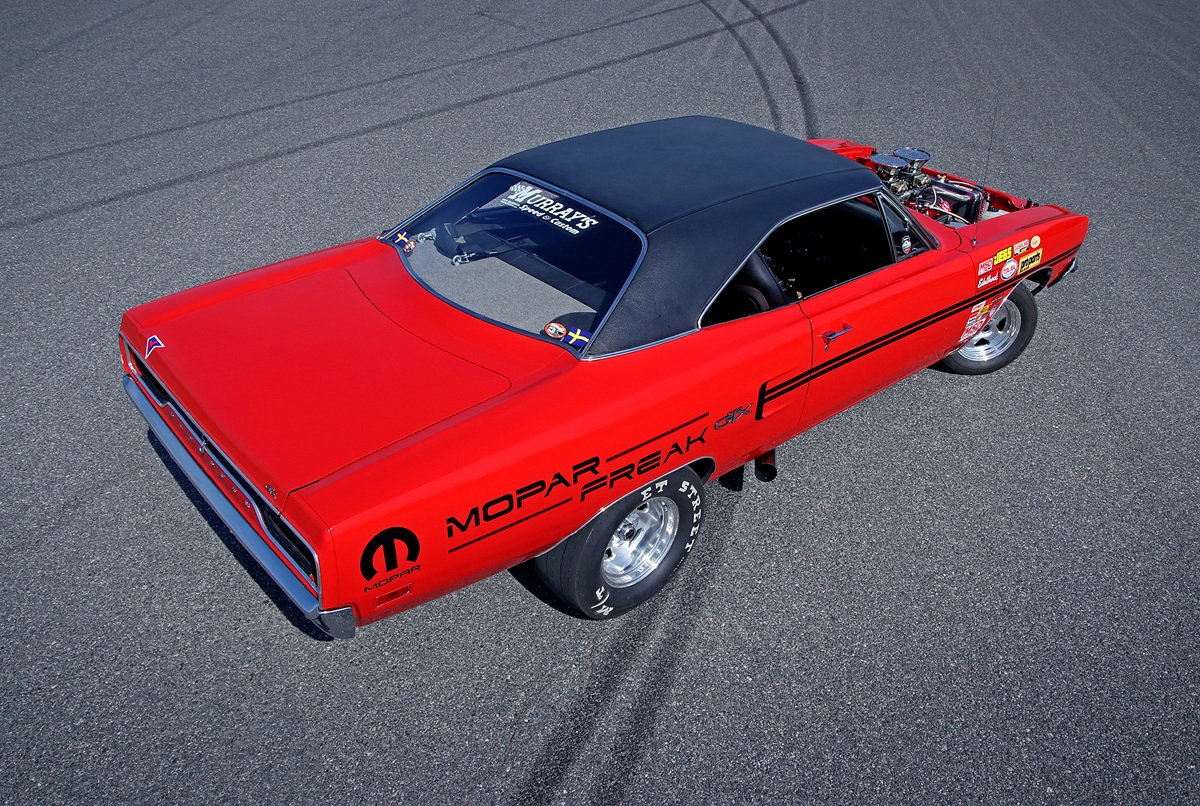
“After that, the 440 ran like a dream,” Breiner says cheerfully.
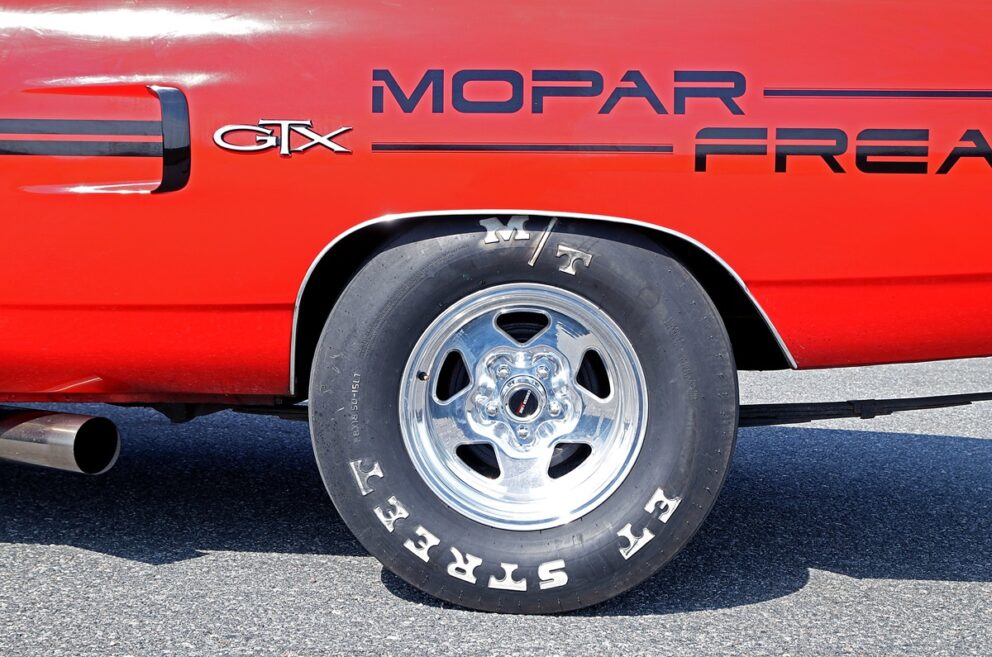
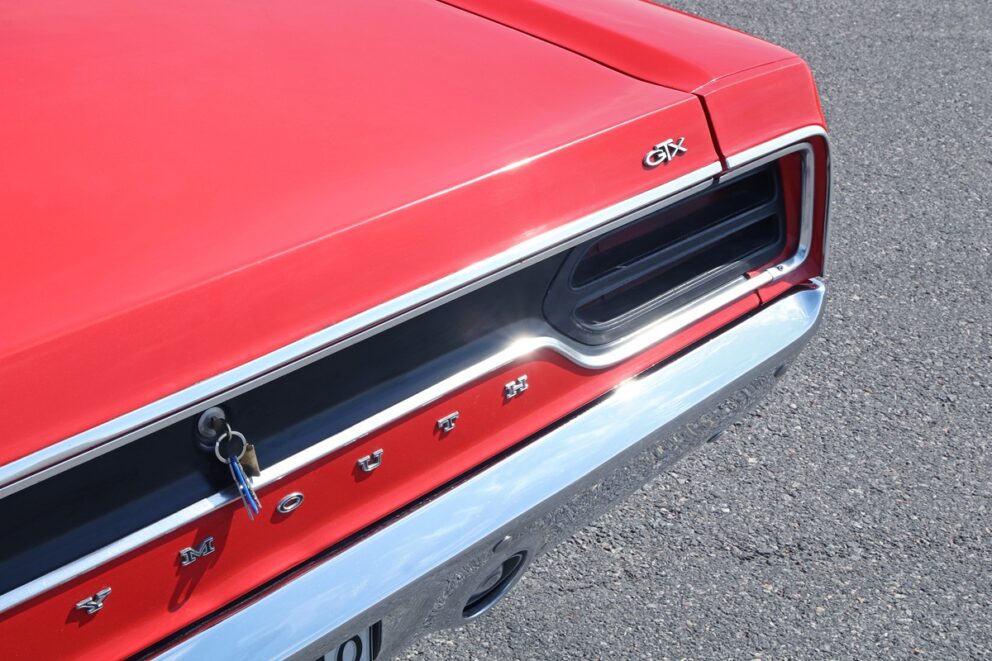
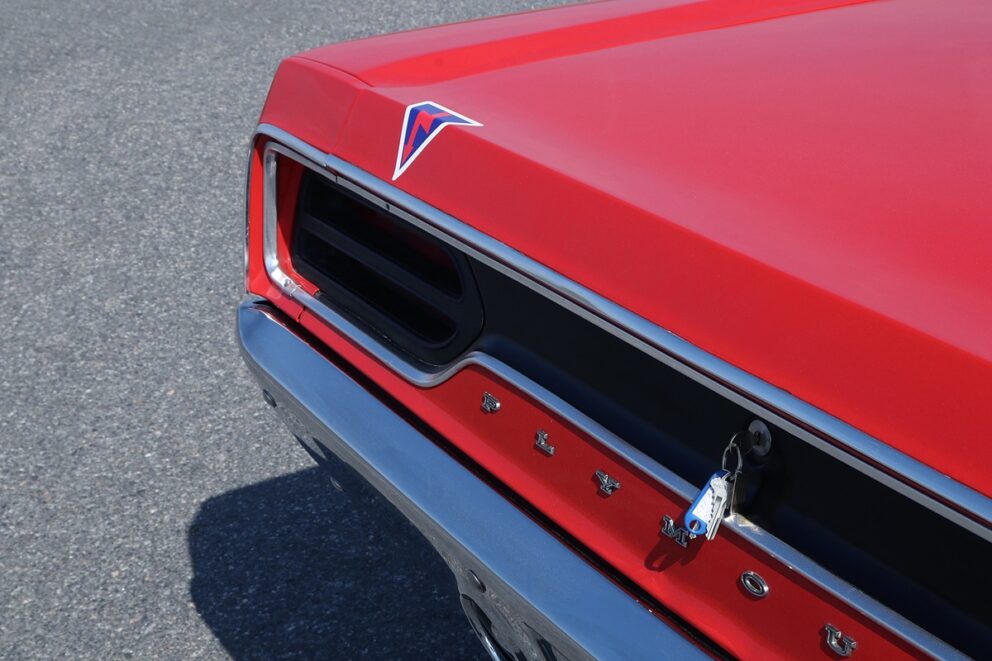
The article was originally published in Gasoline Magazine #09, 2019. A few things have happened since, most notably that the blower is back on, and Breiner has shaved several seconds off his 402-meter drag strip times.
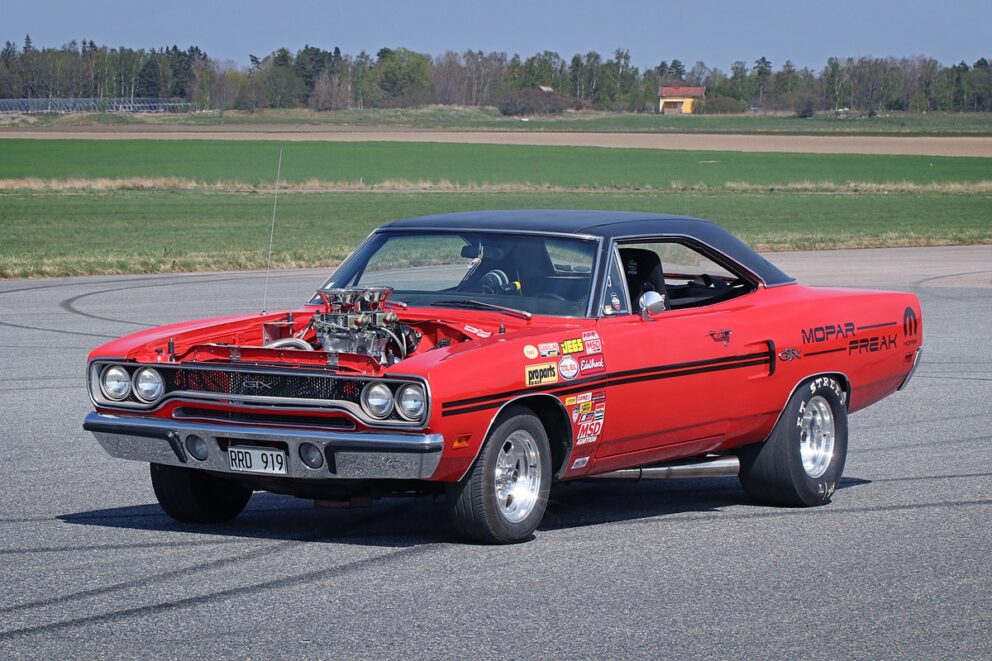
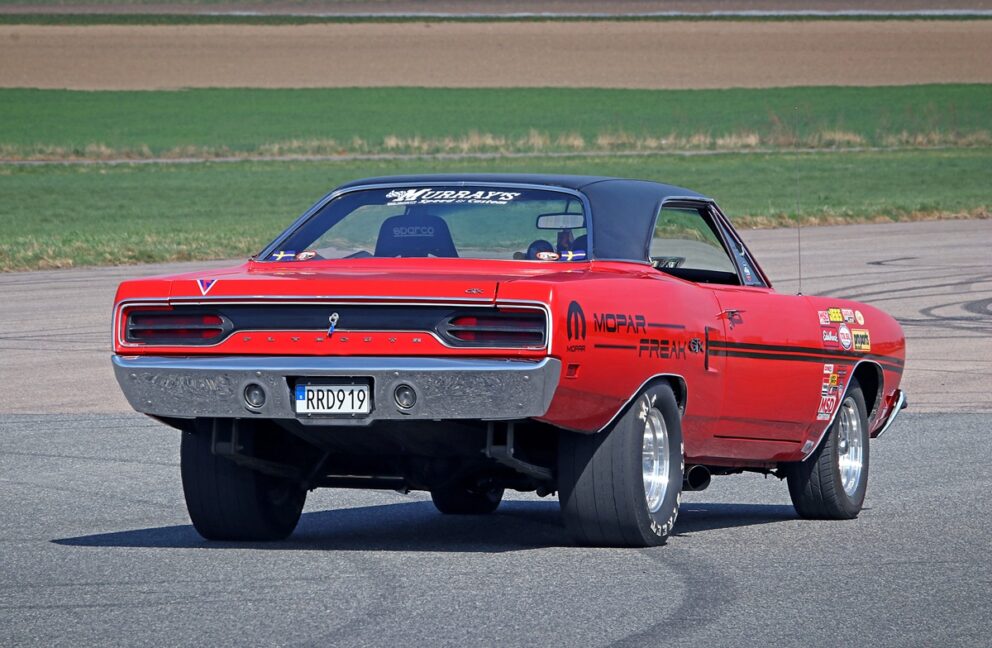
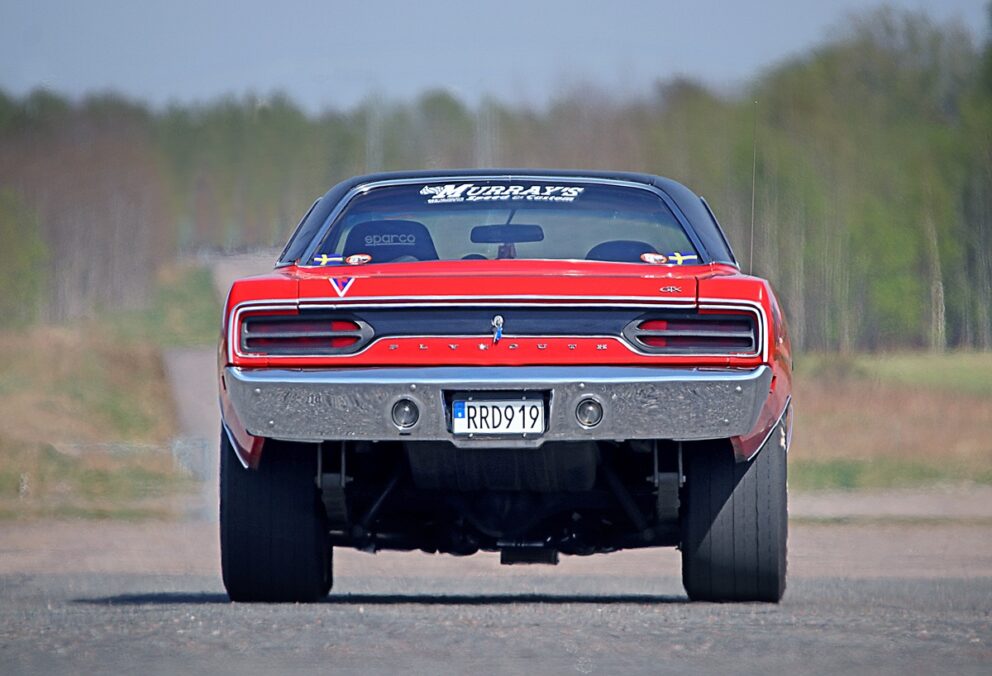
He sends over some photos of how the car looks today after all the updates.
“It’s street-legal but spends 99 percent of its time on the drag strip. Over the years, the car has gone from 13-14 second runs, improving steadily, reaching a 10.01-second pass. Since then, I’ve continued chasing the 9-second range and, at the last Kjula competition this year, I hit 9.84 seconds over 402 meters, setting a new personal best,” Breiner says.
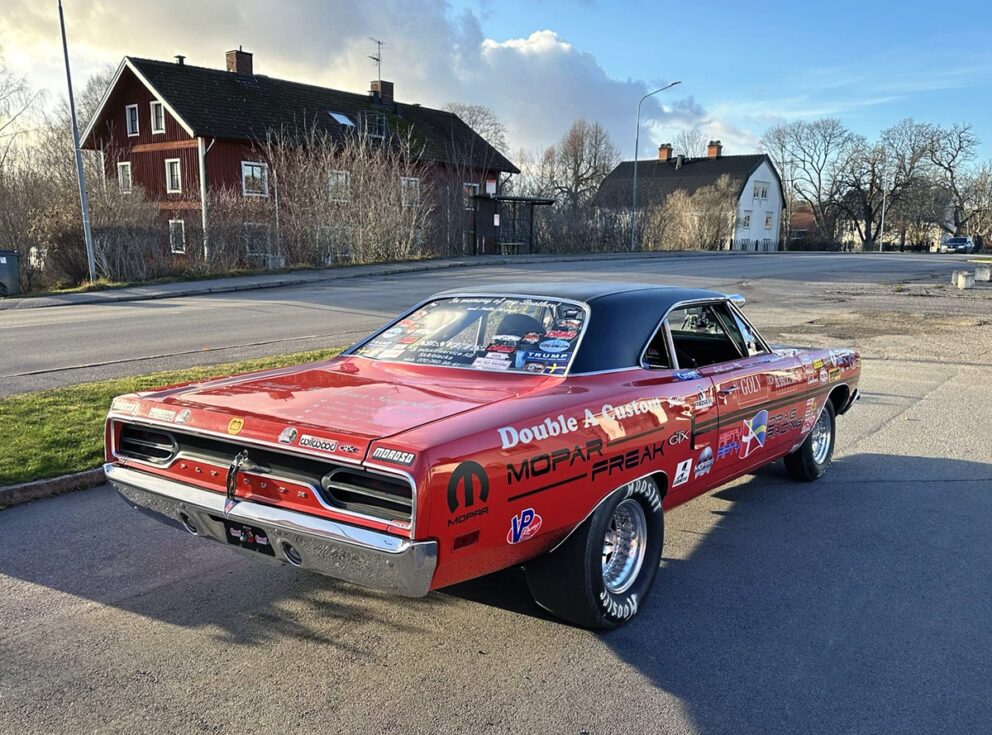
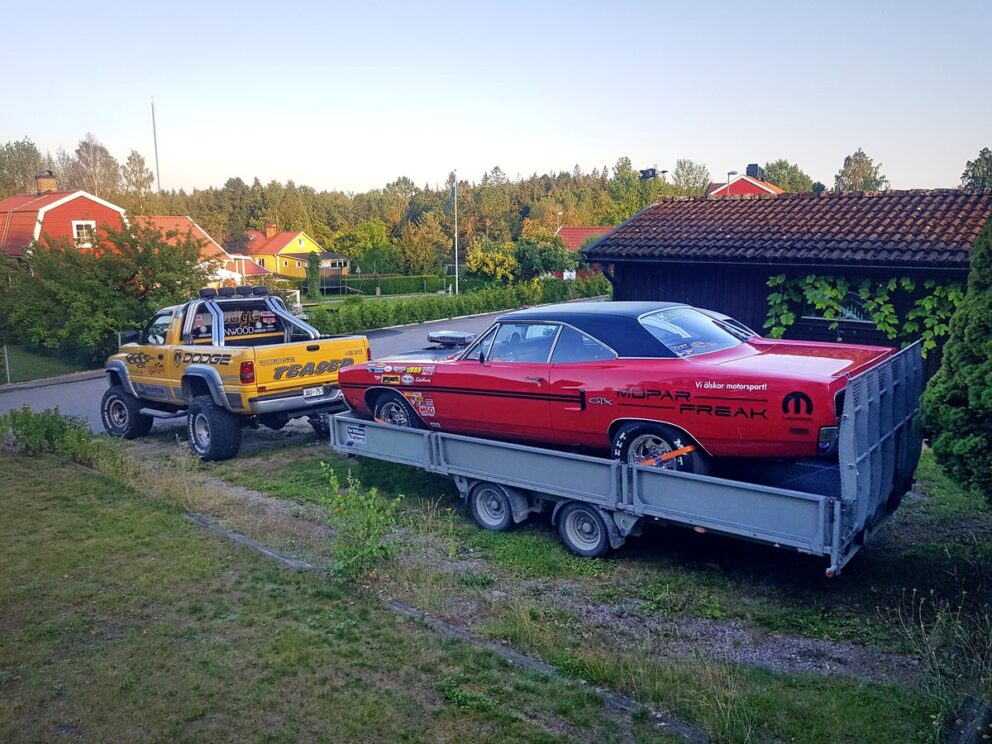
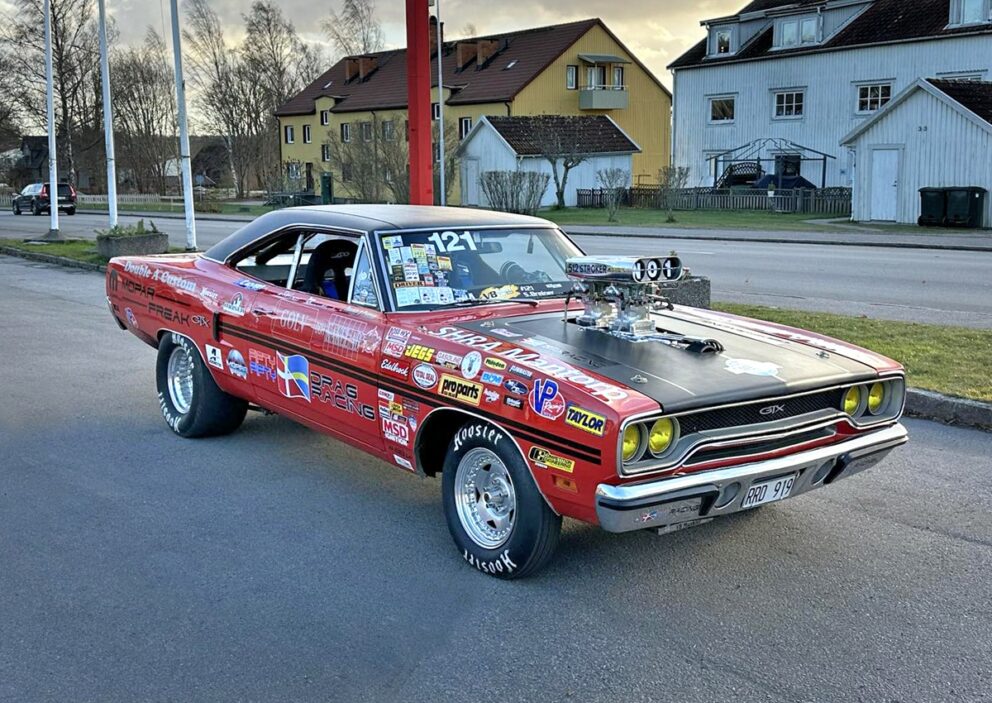
He then adds that he is now the fastest in his garage. That was the goal for this season, so with everything working perfectly, he’ll make a few tweaks and do some maintenance this winter. After that, he’ll shift focus to his next project, a 1968 Dodge Dart he plans to build into a racecar.
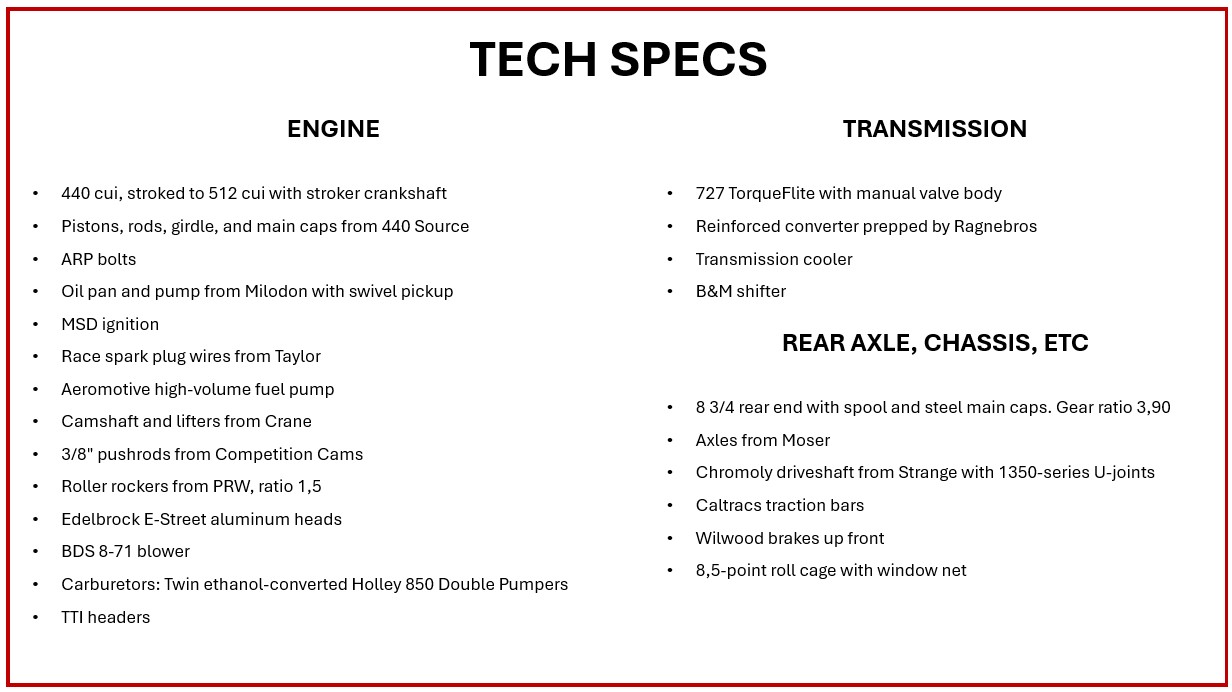
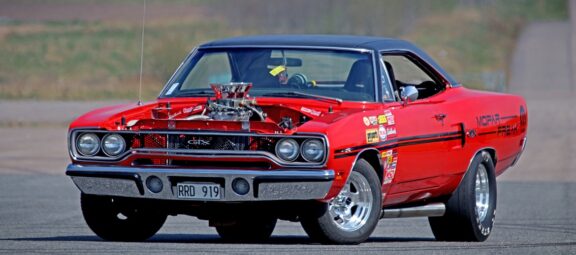
0 Comments